Log in or create new account to save this product to your wishlist.
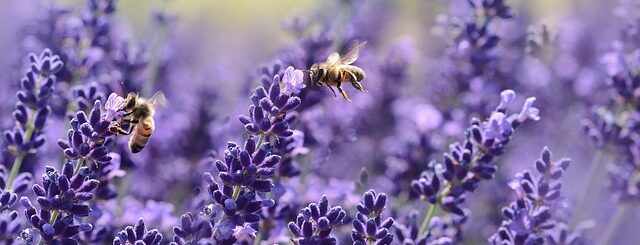
Pruning Lavender: when, why and how?
Lavender brings a wonderful, evocative aroma to your home and garden. But it needs regular pruning to avoid woodiness and keep it flowering abundantly.
🌱 All important maintenance moments for your lawn during the year. Leave your email and we will send you the lawn calendar for free.
Enter your email
Receive the lawn calendar in the mail
Enjoy a green lawn all year round!

- Order by 2PM = shipped today
- 250.000+ satisfied customers!
- 60 day satisfaction guarantee
Lavender — that most British of herbs; attracts the butterflies and bees and brings a joyful colour to your flowerbeds and borders. But leave a lavender to its own devices, and you’ll have an unruly, unattractive bush to contend with.
Pruning lavender is a simple process if you know what you’re doing. And that’s why you’re here!
This article explores the correct approach to pruning lavender for beautiful shaping and prolonged flowering.
Ready? Let’s get started.
Lavender: an enchanting fragrance
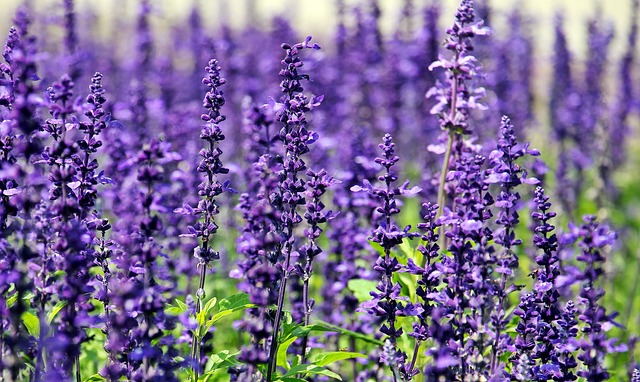
Lavender’s scent is notoriously calming. In fact, it has been used throughout the ages to freshen up wardrobes and bedclothes and help send us off to sleep.
Indeed, you’ll never be short of fresh lavender with a thriving bush — but the plant needs fairly regular pruning to keep it at its best.
Lavender loves the sun
Lavender prefers full sun and well-drained soil. The plant is infamously drought-tolerant, requiring very little water.
The growth period begins in spring when the plant develops new shoots.
The plant reaches full bloom during the summer — bursting with an abundance of stunning purple flowers, which exude a gorgeous scent. Indeed, summer is the best time to harvest your lavender sprigs to bring into the home to spread its aroma.
The plant slows down in late summer and autumn in preparation for its winter dormancy, making it the best time of year for pruning.
Lavender profile

Name
Lavender
Description
A fragrant, evergreen plant belonging to the lye family (Lamiaceae), with narrow, linear leaves and upright stalks, which accommodate numerous tiny, fragrant flowers.
Growth height
Between 30 and 90cm
Flowering time
Late spring, early summer — June to July.
Origin
Native to Mediterranean Europe, North Africa, and parts of Asia.
Use
Use in aromatherapy, medicine, and as a spice.
Why pruning lavender is necessary
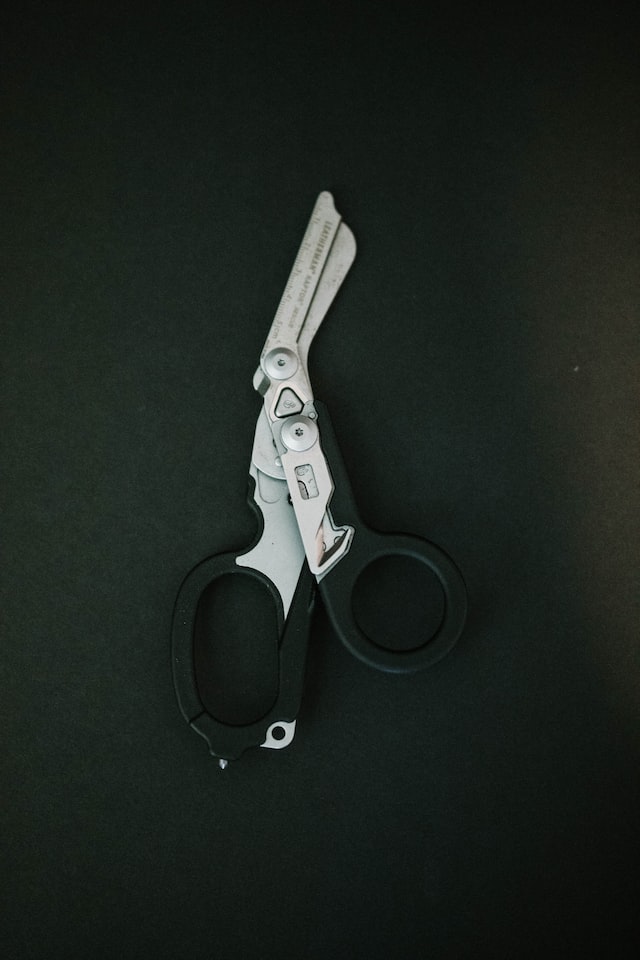
Pruning your lavender bush allows you to maintain a manageable shape and size, but — essentially — it encourages the plant to blossom for longer while preventing wordiness.
Removing faded stems prevents the plant from putting its energy into seed production — instead, it produces more flowers.
Additionally, cutting dead and diseased stems back helps protect the plant from disease and pests.
When to cut lavender

The ideal time to prune lavender is late summer or early autumn when the flower stops producing flowers. However, it’s possible to cut at other times of the year if absolutely necessary.
Cutting lavender in Spring
Cut early springtime lavender (between February and March) before the plant shows signs of first growth. This promotes the formation of new shoots.
Cutting lavender in summer
Cut individual sprigs of lavender throughout the summer to enjoy the fragrance around your home.
Cutting conservatively midway through the season encourages a second flowering, boosting the plant’s resistance to diseases and pests.
Cutting lavender in autumn
You can keep cutting sprigs throughout autumn, during which time the fragrance remains strong — just make sure you cut before the flowers begin to fade.
Autumn is an excellent time to fertilise the soil to help your plant prepare for its winter dormancy.
Cutting lavender in winter
Cutting in winter isn’t recommended — the flowers will be past their best.
Give your plant some water if it’s dry, avoiding frosty periods. Pack mulch around the plant’s base to help keep the roots warm over winter.
Pruning lavender — don’t cut too much
Lavender plants don’t cope well with a hard prune — as a general rule of thumb, cut back around one-third to half of the plant’s existing size.
Never cut more than two-thirds back — the plant will struggle to bounce back.
Always cut with clean tools
You must use sharp, clean cutting tools while pruning lavender. This ensures a clean cut and minimises the risk of disease.
Cut each branch in a downward-slanting angle, with the tip furthest from the rest of the branch. This allows rainwater to run off the cutting area, which helps prevent infection and disease.
Always water the plant well after cutting to help it recover.
Pruning potted lavender
Lavender is equally happy in the earth or a pot.
However, you’ll find that lavender in a pot typically grows faster, so it may require cutting back more regularly.
Forgot to cut your lavender plant?
Typically, it’s good to cut your lavender back at least once a year, but if you forget or don’t get time, don’t worry — just wait for the next pruning window.
Here are some of the problems that can occur if you don’t prune your plant:
- Lavender loses its shape
- Diseases spread throughout the dead wood
- Pest infestations
- Short flowering season
- The plant over-produces seeds and hardly any flowers
FAQs
It’s best to cut lavender in spring before shoots develop — around February. You can cut individual sprigs throughout the summer and cut back a little harder in autumn. Don’t cut back more than two-thirds of the plant’s existing size.
Cut back your lavender plant no more than two-thirds of its existing size — ideally, cut back a third. Cut each stem at a downward-facing angle to help rainwater drip off the branch.
Lavender has long been used medicinally for treating sleeplessness, anxiety, stress, and depression. It’s used widely for aromatherapy to help treat headaches, nervous disorders, and exhaustion.
Any questions?
I hope I’ve provided everything you need for successful lavender cutting. But if you have any questions, don’t hesitate to get in touch.
Alternatively, check out our comprehensive Help & Advice section — for all your gardening and lawn care questions!
Or add your question to the comments section below, and we’ll get back to you as soon as possible.
Thanks for reading!
-
How to Build a DIY Greenhouse: A Practical Guide for Smart SpendersImagine extending your growing season throughout the year, nurturing tender plants regardless of the weather, and creating a personal garden sanctuary. This is precisely what a DIY greenhouse offers you. Let’s learn how to build one.Read more
-
How to Grow Eucalyptus in British GardensWith a little love and care, eucalyptus trees can thrive in English gardens. Since they don’t germinate well without proper help, there are not considered invasive. So, there is no reason not to plant them if you enjoy their looks.Read more
-
How to Create a Butterfly Garden: A Simple Guide for British GardensThe UK's butterfly population includes 59 different species. These beautiful winged creatures face a steady decline because of habitat loss, pollution and changing weather patterns. Your garden can become a vital link between nature reserves and natural habitats. Let’s explore how.Read more
-
How to Use Landscape Fabric ProperlyIf weeds or erosion in your garden are troubling you, landscape fabric might be the solution. We’ll explain how and when to use it properly, just keep on reading.Read more
-
Hostas: A Complete Care GuideIf you have a north-facing garden or some shady corners on your property, hostas are the plants for you. These green delights thrive particularly well in partial to full shade and require consistently moist soil to perform at their best.Read more
-
How to Grow Grapes in Your Garden: A Simple Step-by-Step GuideGrapevines produce some tasty fruits, but often they are simply grown for their gorgeous leaves. Whatever your motivation may be, we have a guide on how to grow grapes for you.Read more
-
Worm Composting Made Simple: From Kitchen Scraps to Garden GoldDid you know that a single pound of composting worms can devour half their body weight in waste every day? That's roughly twelve pounds of kitchen scraps transformed into garden gold each month! We will look at how to make this happen.Read more
-
The Best Plants for Windy AreasLooking for wind resistant plants? In this article, you’ll discover the best plants for windy areas, perfect for gardens and balconies exposed to strong winds.Read more
Leave a comment
Your answer will be displayed on the site and the interested party will be notified by email.
Leave a comment
Have a question or want to share your experience? Leave us a comment.

- Order by 2PM = shipped today
- 250.000+ satisfied customers!
- 60 day satisfaction guarantee

- Order by 2PM = shipped today
- 250.000+ satisfied customers!
- 60 day satisfaction guarantee

🌱 All important maintenance moments for your lawn during the year. Leave your email and we will send you the lawn calendar for free.
Enter your email
Receive the lawn calendar in the mail
Enjoy a green lawn all year round!









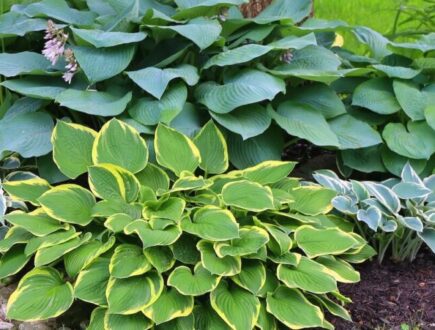

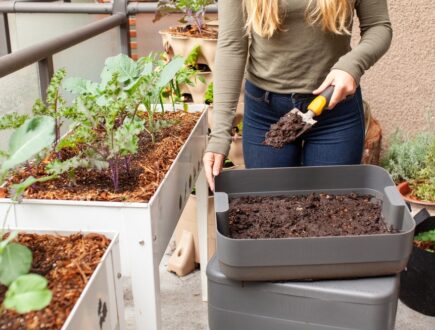










Comments (0)
There are no comments yet. Well then, what are you waiting for to
Be the first to write your comment!inaugurate this pretty page?
Do you have some comments?